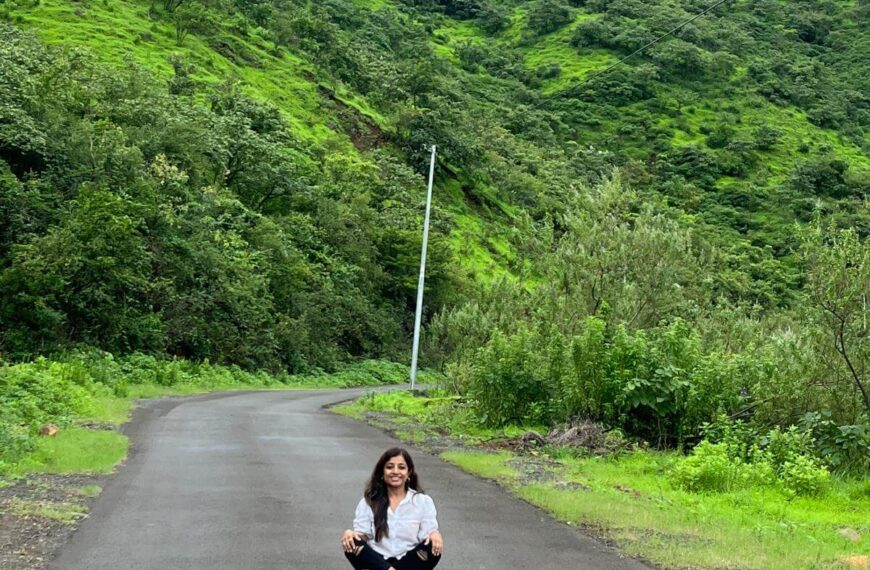Ruchira takes us on a journey to the famous Chittor Fort. Here mythological and historical tales mix and mingle. A Different Truths exclusive.

During my schooldays and growing up years I had read about Chittorgarh in history text books besides Abanindra Nath Tagore’s Rajkahini– a compilation of heroic tales from Rajputana (now Rajasthan). To me the fort city has been an epitome of valour, courage fierce self-esteem and supreme sacrifice. Therefore, one summer, way back in the 70’s, when my parents decided to take us on a tour of Rajasthan (Chittor included in the itinerary) my joy knew no bounds.
An overnight train journey from Jaipur the state’s capital we arrived in Chittor on a sunny morning, in May. Located on a hillock Chittor enjoyed great fame and prominence during medieval period of Indian history. It was the capital of the kingdom of Mewar and the venue of many epoch-making incidents that changed the course of history. A tour of the citadel requires a good half a day. You could fix a package deal with an autorickshaw driver for sightseeing. Alternatively if you happen to be in a group you could hire bicycles to go around the fort.
The fort has seven gates viz., Padan Pol, Bhairon Pol, Hanuman Pol, Ganesh Pol, Jodla Pol, Laxman Pol and Ram Pol. (in the local lingua franca Pol denotes a gateway) These gateways are mega stone structures each possessing notched parapets on top, from where archers could shoot at approaching armies of enemies. A well-maintained circular road within the fort links the gates and all the monuments located within the precincts. The sturdy walls of the fort have withstood the ravages of time. While we passed the gates, the significant incident – King Lakshman Singh being ambushed by Allauddin Khilji’s hidden guards as he escorted his guest out of the fort – flashed before my mind’s eye. It was like a page from a storybook come alive.
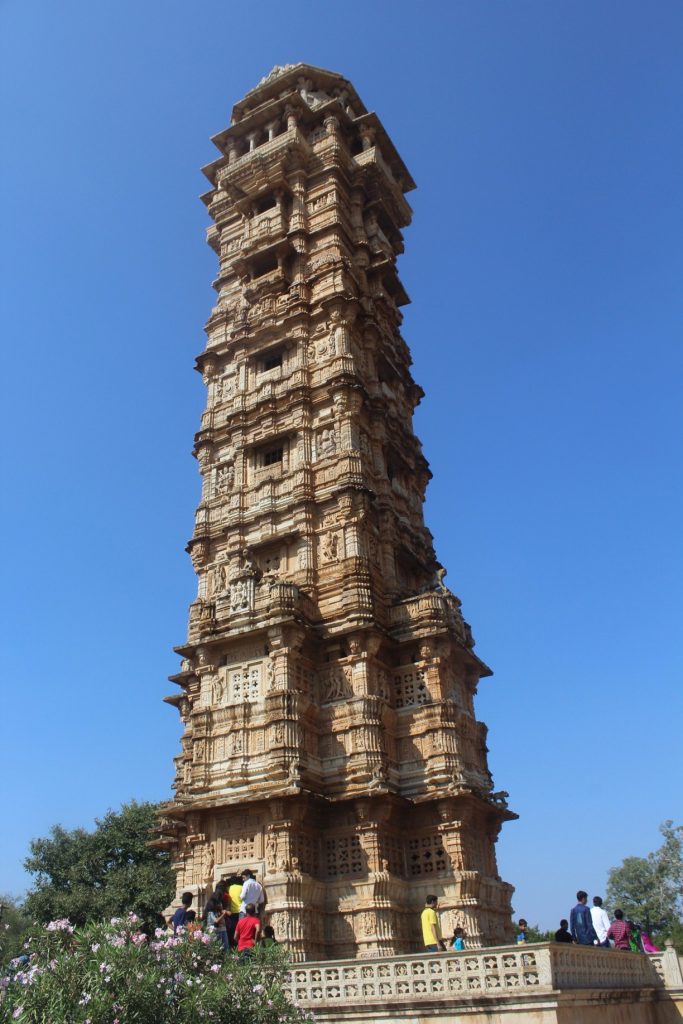
One must visit the magnificent Vijay Stambha (Victory Tower) erected by Rana Khumba between 1458 and 1468 to commemorate his victory over Mahmud Shah I Khalji, the Sultan of Malwa. This 122 ft tall ornately carverd tower with nine stories can be accessed through a narrow circular staircase of 157 steps up to the 8th floor, from where the viewers can catch a mesmerizing glimpse of the city and the sprawling countryside.
Located nearby is the Kirti Stambha (Tower of Fame). This 72 ft high tower is adorned with Jain sculptures on the outside and is older (circa 12th century) and smaller than the Victory Tower. Built by a Jain trader by the name of Jijaji Rathod, it is dedicated to Adinath, the first of the 24 Jain tirthankars. The lowest floor of the tower depicts nude figures of the various tirthankars, located in niches on the walls.
A narrow stairway with 54 steps leads through the six storeys to the top. The top pavilion that was added in the 15th century has 12 columns. Rana Kumbha Mahal is a must-see. Maharana Udai Singh the founder-ruler of Udaipur was born here. As most of us know, it was within the portals of this palace that Udai Singh’s nursemaid Panna performed the supreme sacrifice: she fled with the infant prince while her son was slain by the assassin!
Mirabai, the legendary queen-turned-saint-poetess also resided here. The temple where she prayed regularly to her beloved Lord Krisha (Mirabai Mandir) is located at a stone’s throw from here, as is the KumbhaShyam Mandir built by Rana Kumbha, in honour of the deity. The temple has a Chattri (canopy) dedicated to Mirabai’s mentor, Swami Ravidas. The footprints of the Guru have been preserved within the shrine.
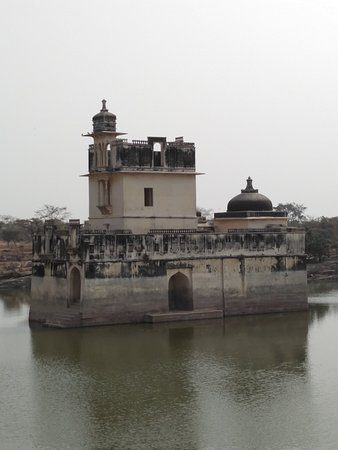
However, the crowning glory of Chittor is Rani Padmini’s Mahal. It is located at the centre of a water-filled moat. Interestingly one of the palaces large windows is juxtaposed to a window in Rana Lakshman Singh’s palace, located on the bank of the moat. Technically speaking Rani Padmini had stayed put in her own quarters (our guide explained) while her image got reflected on a gigantic wall mirror in her spouse’s room. Therefore, all Allauddin Khilji saw was Padmini’s virtual image; yet he went berserk. And thereby hangs a tale. Looks like the right-wing bigots unnecessary lost sleep over the fabled queen’s personal appearance before an infidel alien visitor!
During its heydays the fort complex encompassed 84 water bodies – ponds, wells and stepwells/baolis – of which only 22 are functional today. Interestingly, there is a pond shaped like a huge human foot. It is named as Bhim laat talab. Apparently, Bhima, the mighty second Pandava had chanced upon this region during his wanderings. Following a skirmish with a few people he had accosted Bhima had stomped his foot in rage and voila! A lake was formed under its impact.
The ideal time to visit Chittor is between September and January. For lovers and students of history, a journey here would indeed be enlightening, and an experience of a lifetime.
©Ruchira Adhikari Ghosh
Photos from the Internet
#Travel #TravelIndia #IndianTourism #Rajasthan #Chittor #TravelAndGetaways #DifferentTruths

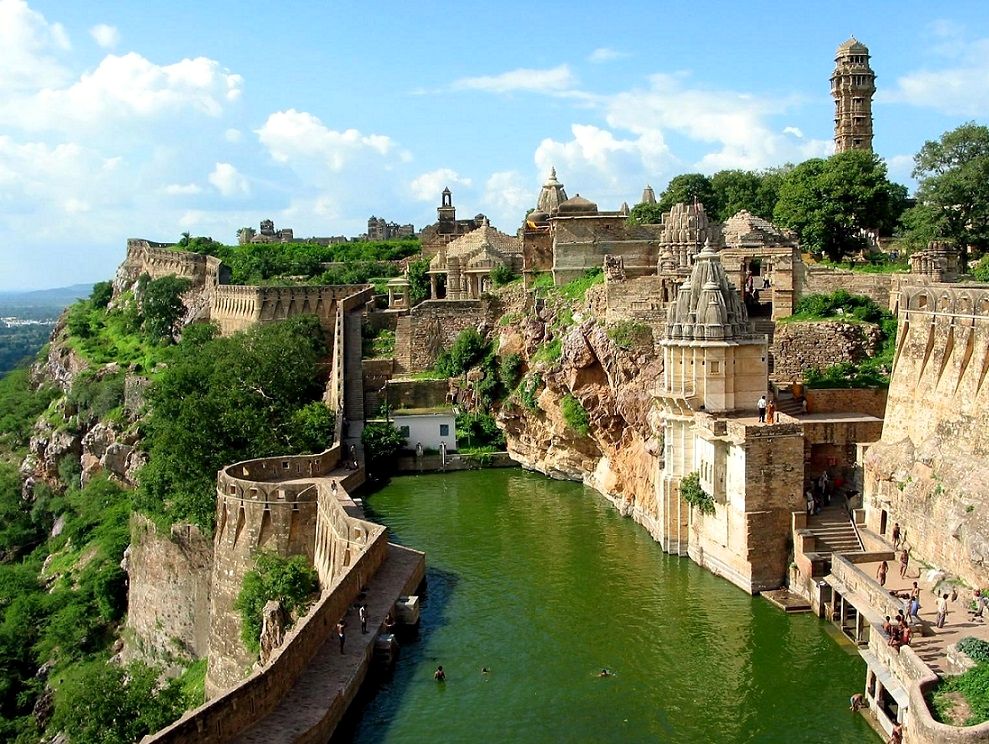

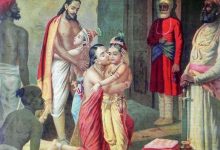



 By
By